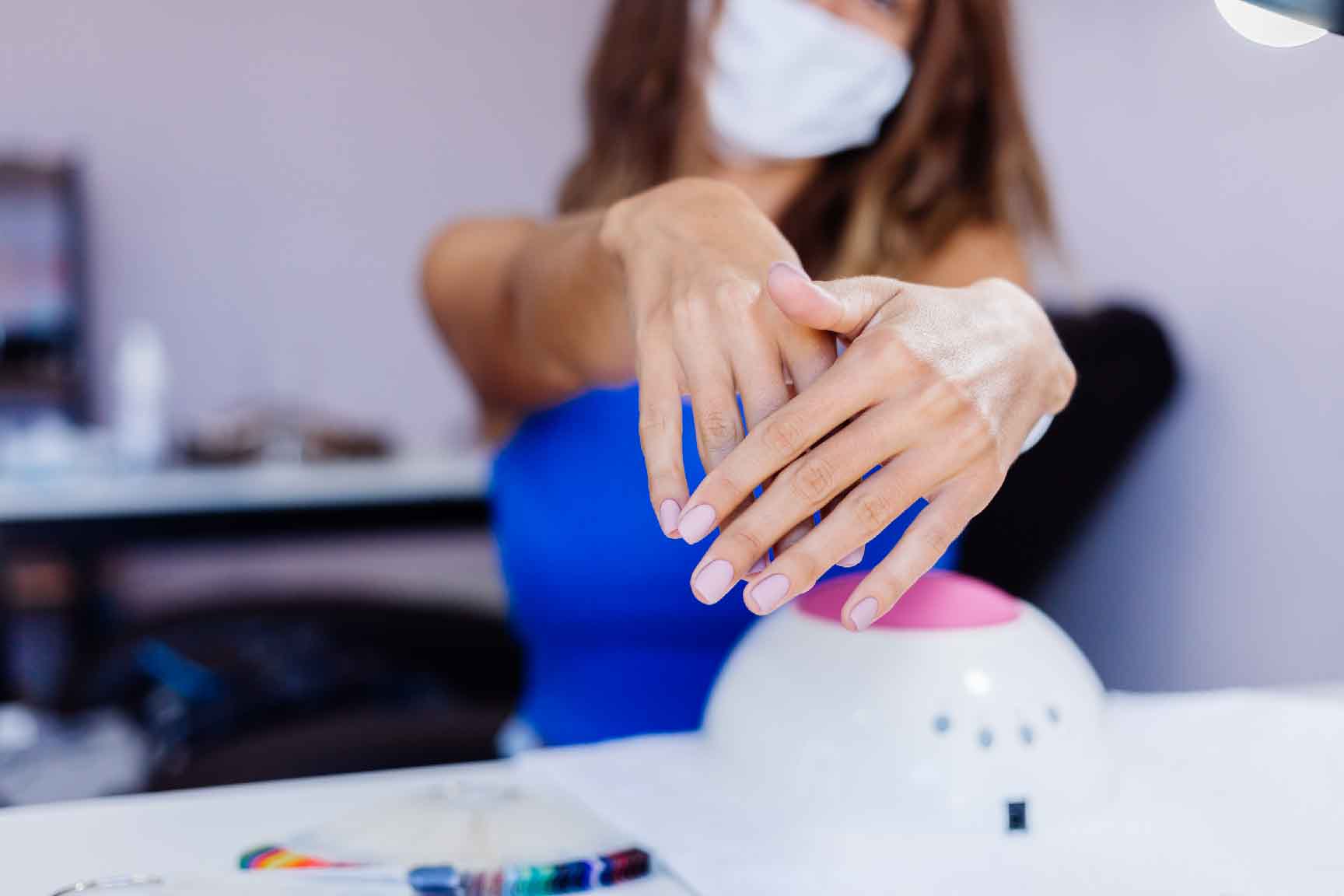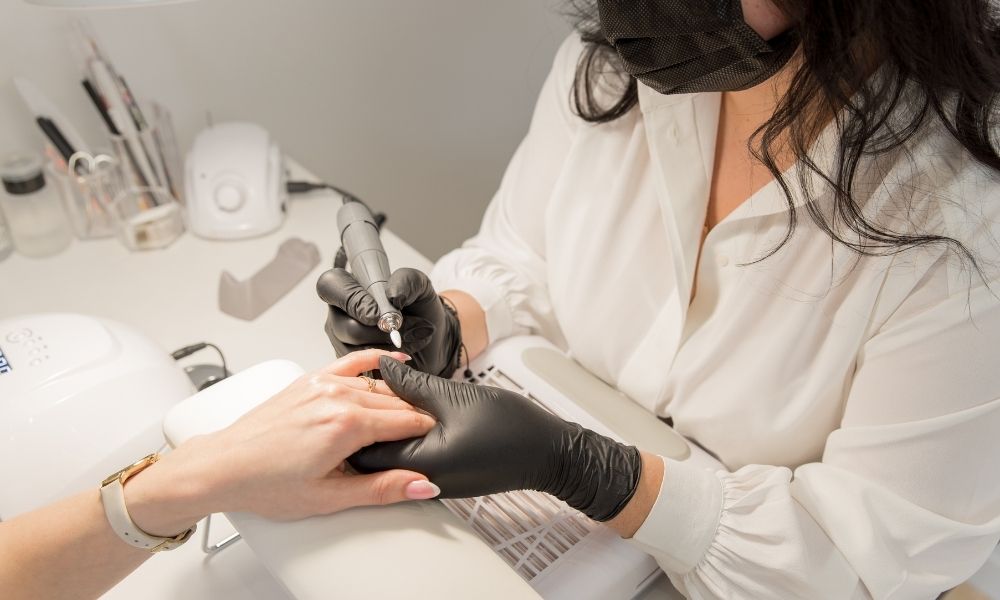
Is Frequent Nail Care Harmful? Insights from Nail Experts
Nail care has become a regular part of self-care for many women. But a common concern remains: “Is it harmful to get your nails done too often?” This article answers that question based on advice from nail experts and dermatologists, helping you maintain both beauty and nail health safely.
How Frequent Nail Care Affects Your Nail Health
Overdoing nail care—especially frequent buffing, cuticle trimming, and the use of strong chemicals—can thin and weaken natural nails over time, leaving them vulnerable to damage.
Risks of Frequent Nail Treatments
Thin and breakable nails from over-buffing and harsh tools
Infections due to unsterilized tools or nail injuries
Allergic reactions to nail polish or removers
Brittle nails from dehydration and protein loss
Nail inflammation caused by chemical irritation
Myth vs. Truth from Nail Professionals
Myth 1: “Painting your nails daily is harmless”
Truth: Nails need time to “breathe.” Constantly wearing polish deprives them of moisture and oxygen. Let your nails rest at least 1–2 days a week.
Myth 2: “Nail polish remover doesn’t damage your nails”
Truth: Most removers contain acetone, which dehydrates and weakens nails. Frequent use damages keratin layers.
Myth 3: “Nail extensions don’t harm your real nails”
Truth: While professionally applied extensions are safe, doing them repeatedly without rest periods can thin and weaken natural nails.
Warning Signs You’re Overdoing Nail Treatments
Physical Signs
Yellowing nails
Thin or easily cracked nails
Dry, inflexible nail surface
Loss of natural shine
Abnormal curving or ridges
Infection Signs
Redness and swelling around nails
Pain when touched
Presence of pus or fluid
Foul odor
Fever (in severe cases)
Recommended Frequency for Nail Services
Regular Nail Polish
Reapplication: Every 5–7 days
Rest days: 1–2 days per week
Full removal: Every 10–14 days
Nail Extensions
Fills: Every 2–3 weeks
Rest period: 1–2 weeks every 2–3 months
New set: Every 1–2 months
Gel & Dip Powder Nails
Gel fills: Every 2–3 weeks
Removal: Every 4–6 weeks
Rest period: 1 week after removal
How to Care for Nails If You Get Them Done Often
Daily Nail Care
Apply cuticle oil morning and night
Use hand cream after washing hands
Stay hydrated for internal moisture
Consume protein to build healthy nails
Extra Treatments
Soak hands in warm salt water twice a week
Apply nail serum at bedtime
Massage cuticles to stimulate circulation
Avoid harsh chemicals by wearing gloves while cleaning
Choosing Safe Nail Products
Ingredients to Avoid
Formaldehyde in nail polish
High-acetone removers (look for acetone-free)
Toluene in base coats
Unlabeled products or products with unclear ingredients
Good Ingredients for Nail Health
Vitamin E: Heals and moisturizes
Calcium: Strengthens nail structure
Keratin: Natural nail protein
Biotin: Supports nail growth
Argan oil: Deep hydration and shine
How to Properly Let Your Nails Rest
Rest Routine
Remove all polish with a gentle remover
Cut nails short to prevent breakage
File in one direction to avoid splitting
Lightly buff to smooth surface
Apply cuticle oil daily
Activities During Nail Breaks
Soak hands in warm salt water or olive oil
Massage hands and nails with nourishing cream
Eat nail-friendly foods: eggs, fish, nuts
Avoid using nails as tools
Benefits of Nail Rest Periods
Health Benefits
Stronger natural nails
Reduced irritation around cuticles
Lower infection risks
Better nail flexibility and resilience
Financial Benefits
Save on salon visits
Lower product consumption
Reduce time spent on nail maintenance
When to See a Doctor
Serious Symptoms
Severe infections with pus and swelling
Unusual discoloration (dark or deep yellow)
Persistent pain
Deep cracks reaching the nail bed
Strong allergic reactions (rashes, swelling, hives)
Specialists to Consult
Dermatologist: For skin/nail health
Family doctor: For general symptoms
Specialists: For chronic or unusual issues
Safe Nail Care Practices
How to Choose a Good Nail Salon
Licensed business with visible certification
Sterilized and sanitized tools
Experienced, trained nail technicians
High-quality, labeled products
Clean, well-ventilated space
Pre-Appointment Tips
Ensure nail health—no cuts or infections
Disclose allergy history
Wash hands thoroughly
Avoid cutting or biting cuticles before the appointment
Nail-Friendly Vitamins and Supplements
Essential Nutrients
Biotin (B7): Strengthens and thickens nails
Vitamin C: Promotes collagen and iron absorption
Vitamin D: Helps calcium absorption
Vitamin E: Antioxidant and moisturizer
Iron: Prevents brittleness
Nail-Boosting Foods
Protein: Eggs, fish, meat, legumes
Calcium: Milk, tofu, leafy greens
Zinc: Pumpkin seeds, nuts
Omega-3: Fatty fish, chia seeds
Vitamin A: Carrots, leafy vegetables
Conclusion: Is Frequent Nail Care Dangerous?
The answer: It can be—if done improperly.
Too much nail care without rest or proper maintenance can lead to long-term damage. But with the right techniques, quality products, and routine breaks, nail care can be safe, healthy, and beautiful.
Final Tips:
Listen to your body—pause if your nails show signs of distress
Choose quality salons and trained professionals
Maintain nail care at home regularly
Give your nails time to breathe—at least once a month
Consult experts if issues arise
Healthy nails don’t require risk—just the right care, awareness, and a bit of rest.





